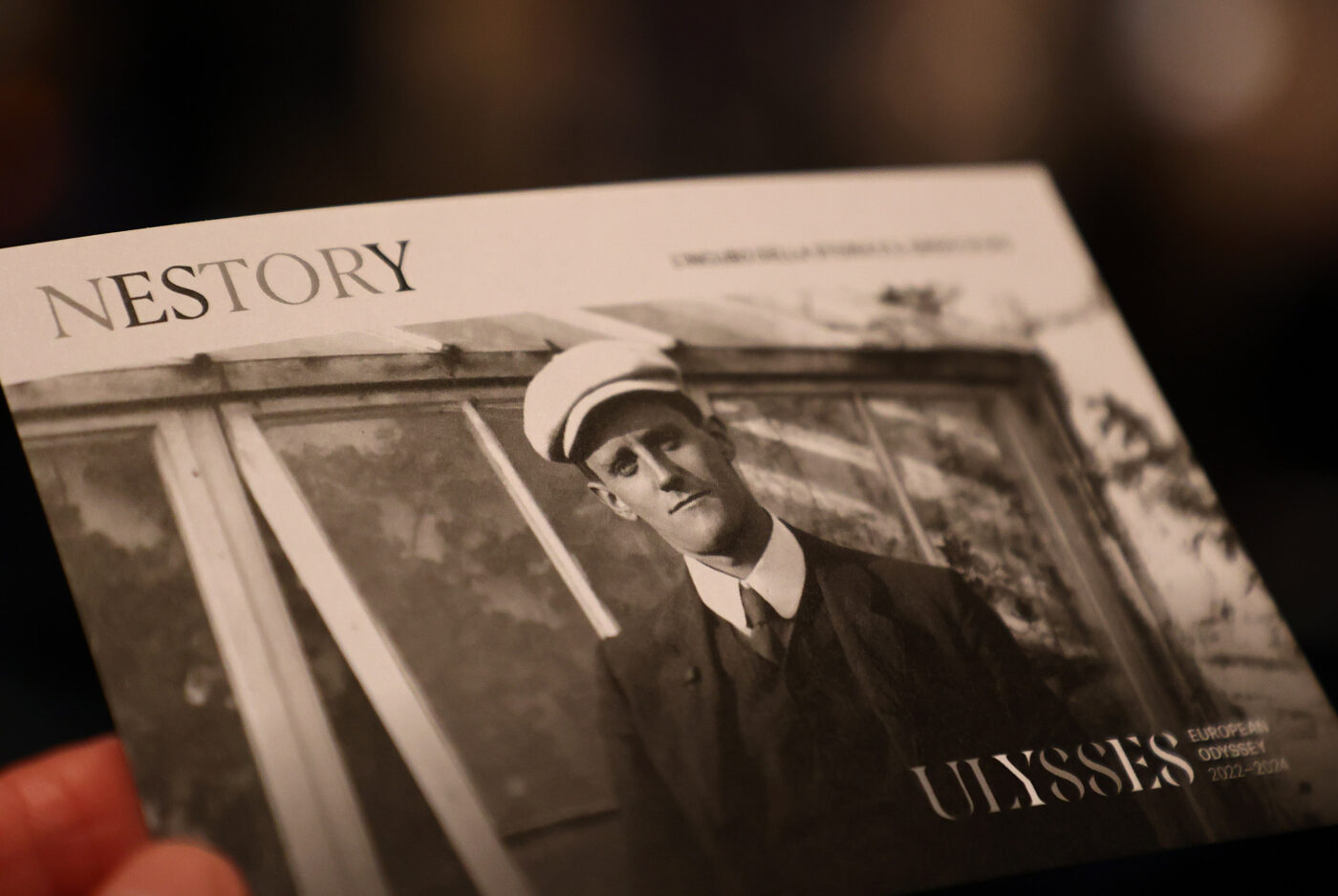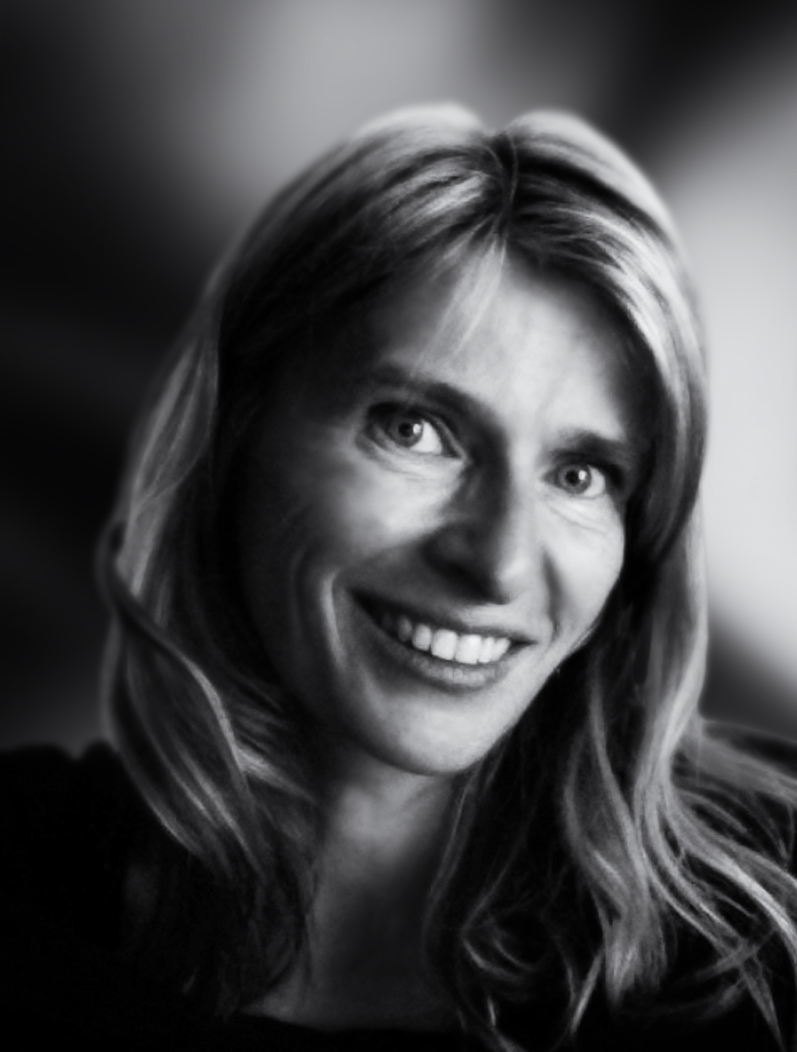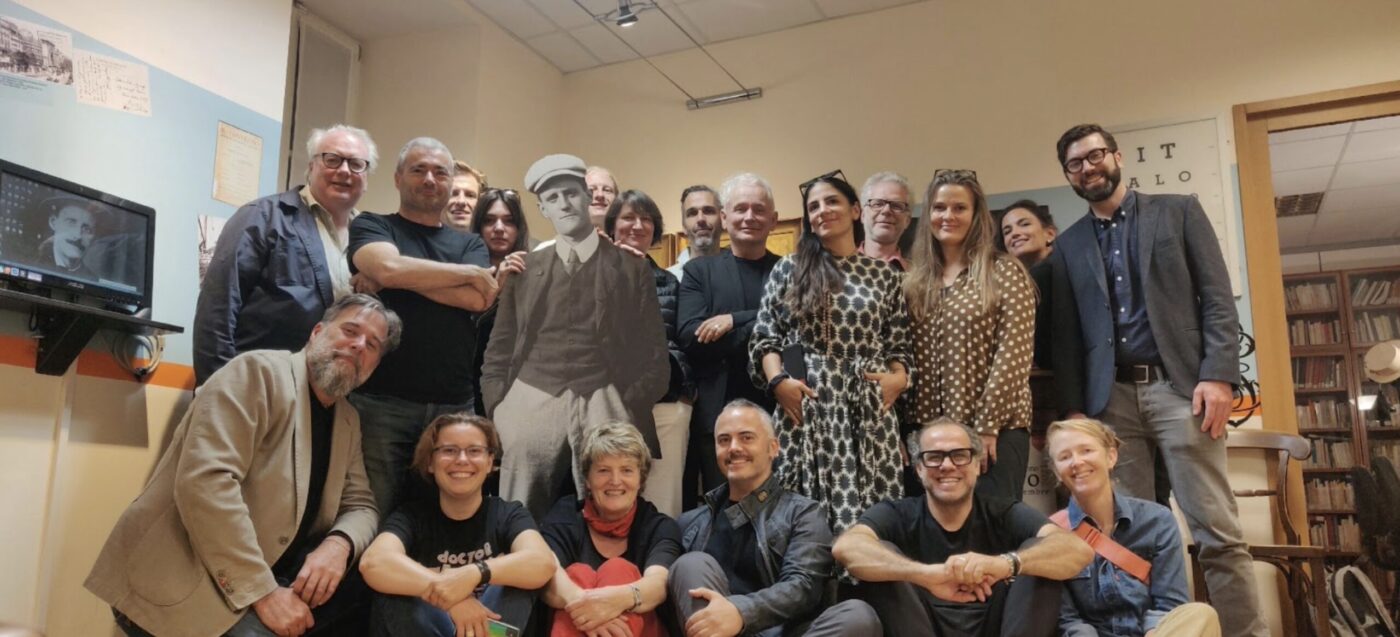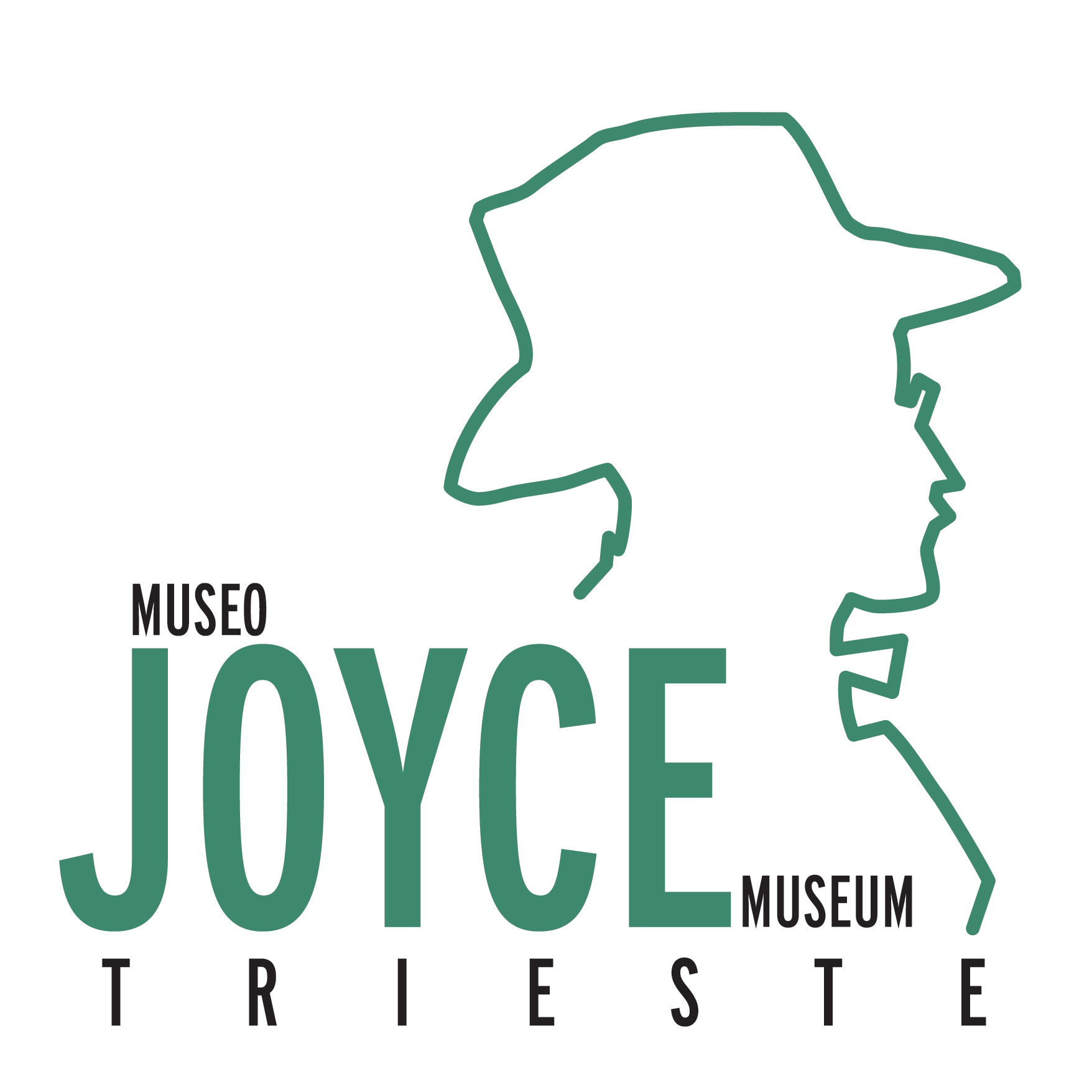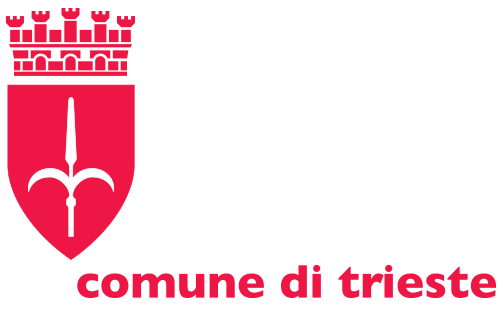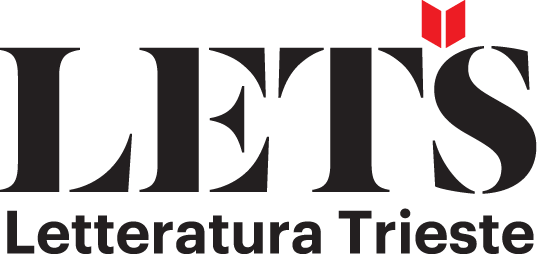Partners
Museo Joyce Trieste
Comune di Trieste
Social Media
Instagram
Facebook – Museo Svevo e Museo Joyce
Facebook – Letteratura Trieste
Contact
Museo Joyce

City Rationale
Joyce began writing Ulysses in Trieste c.1911. He had posited that the Liffey ends in the short canal that literally comes to a halt at the Catholic Cathedral in Trieste. Pre-WWI Trieste was the Mediterranean’s second largest port and a major global player between Europe and Asia, a polyglot city of different ethnicities and languages: Italian, German, Czech, Greek, Albanian, Serb, Croat and Slovenian. It was the perfect historic melting pot out of which to create such a multifarious epic as Joyce’s Ulysses. A number of the characters in the novel are modelled on people Joyce knew in Trieste, most particularly the writer Italo Svevo as Bloom. Trieste was at the centre of European history during the early writing of Ulysses as Austria’s principal port. Jan Morris later wrote of Trieste as ‘an allegory of limbo, an enclave sui generis.’ A notable feature of Trieste is its long and wide concrete pier (or ‘a disappointed bridge’ as Joyce described a pier in this episode) that stretches into the Adriatic.
Ulysses Episode
Stephen is teaching a history class on the victories of Pyrrhus of Epirus. After class, one student, Cyril Sargent, stays behind so that Stephen can show him how to do a set of algebraic exercises. Stephen looks at Sargent’s ugly face and tries to imagine Sargent’s mother’s love for him. He then visits school headmaster Garrett Deasy, from whom he collects his pay and a letter to take to a newspaper office for printing. The two discuss Irish history and the role of Jews in the economy. As Stephen leaves, Deasy said that Ireland has “never persecuted the Jews” because the country “never let them in”. This episode is the source of some of the novel’s most famous lines, such as Dedalus’s claim that “history is a nightmare from which I am trying to awake” and that God is “a shout in the street.”
Homer Odyssey Chapter
Book 3: At Pylos, Telemachus and Mentor (Athena in disguise) witness an impressive religious ceremony in which dozens of bulls are sacrificed to Poseidon, the god of the sea. Although Telemachus has little experience with public speaking, Mentor gives him the encouragement that he needs to approach Nestor, the city’s king, and ask him about Odysseus. He recounts that after the fall of Troy a falling-out occurred between Agamemnon and Menelaus (King of Sparta), the two Greek brothers who had led the expedition. Nestor went with Menelaus, while Odysseus stayed with Agamemnon, and he has heard no news of Odysseus. Telemachus then asks Nestor about Agamemnon’s fate. Nestor explains that Agamemnon returned from Troy to find that Aegisthus, a base coward who remained behind while the Greeks fought in Troy, had seduced and married his wife, Clytemnestra. With her approval, Aegisthus murdered Agamemnon. He would have then taken over Agamemnon’s kingdom had not Orestes, who was in exile in Athens, returned and killed Aegisthus and Clytemnestra. Nestor holds the courage of Orestes up as an example for Telemachus. Nestor sends his own son Pisistratus along to accompany Telemachus to Sparta,
Public Events
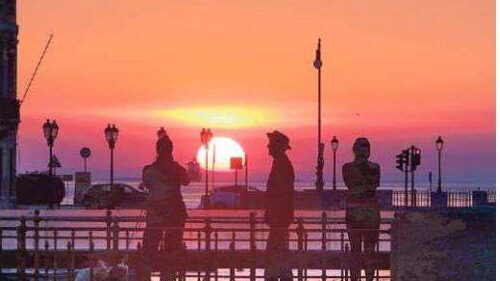
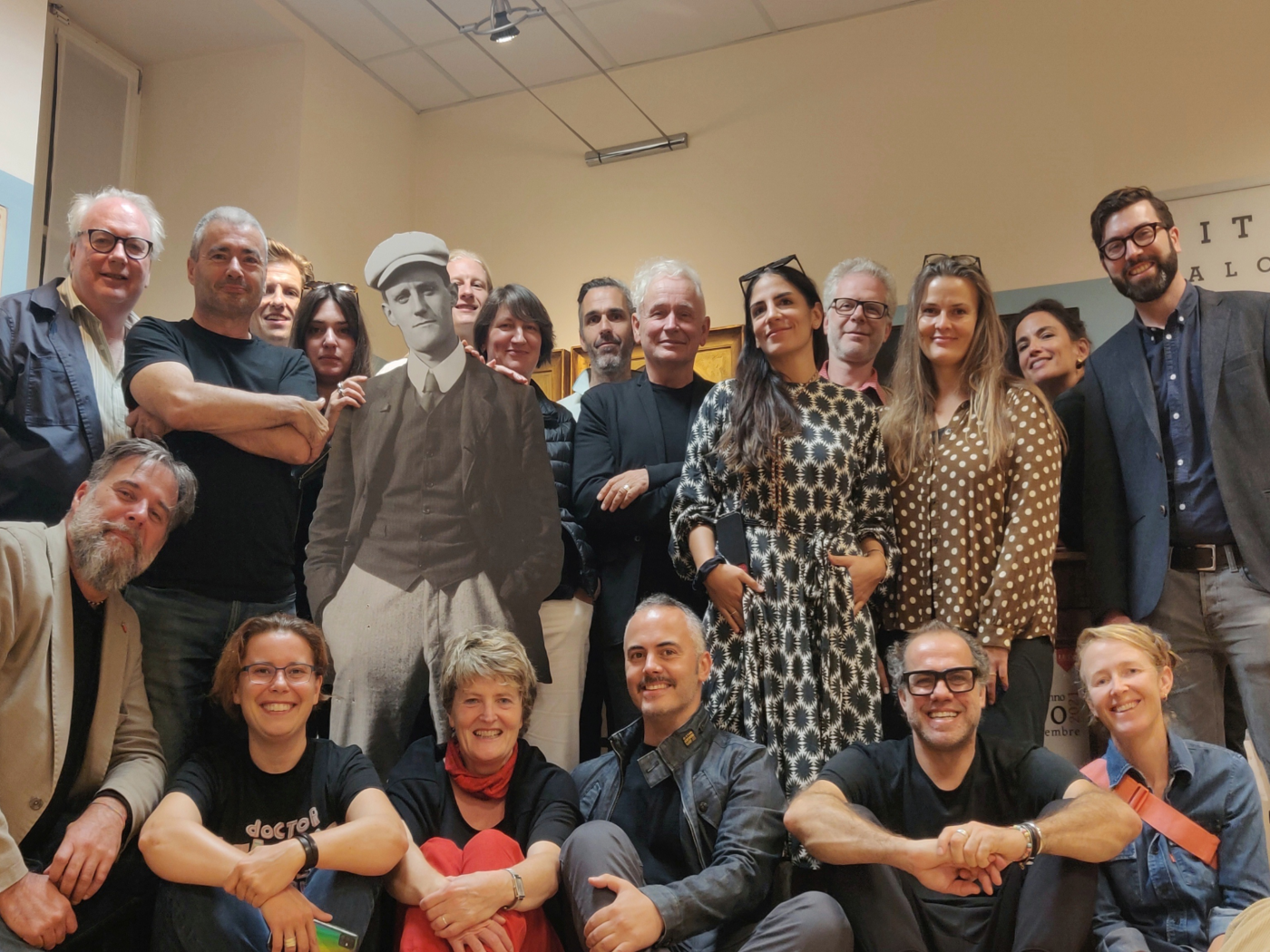
Public Symposium
Book
Marketing Materials
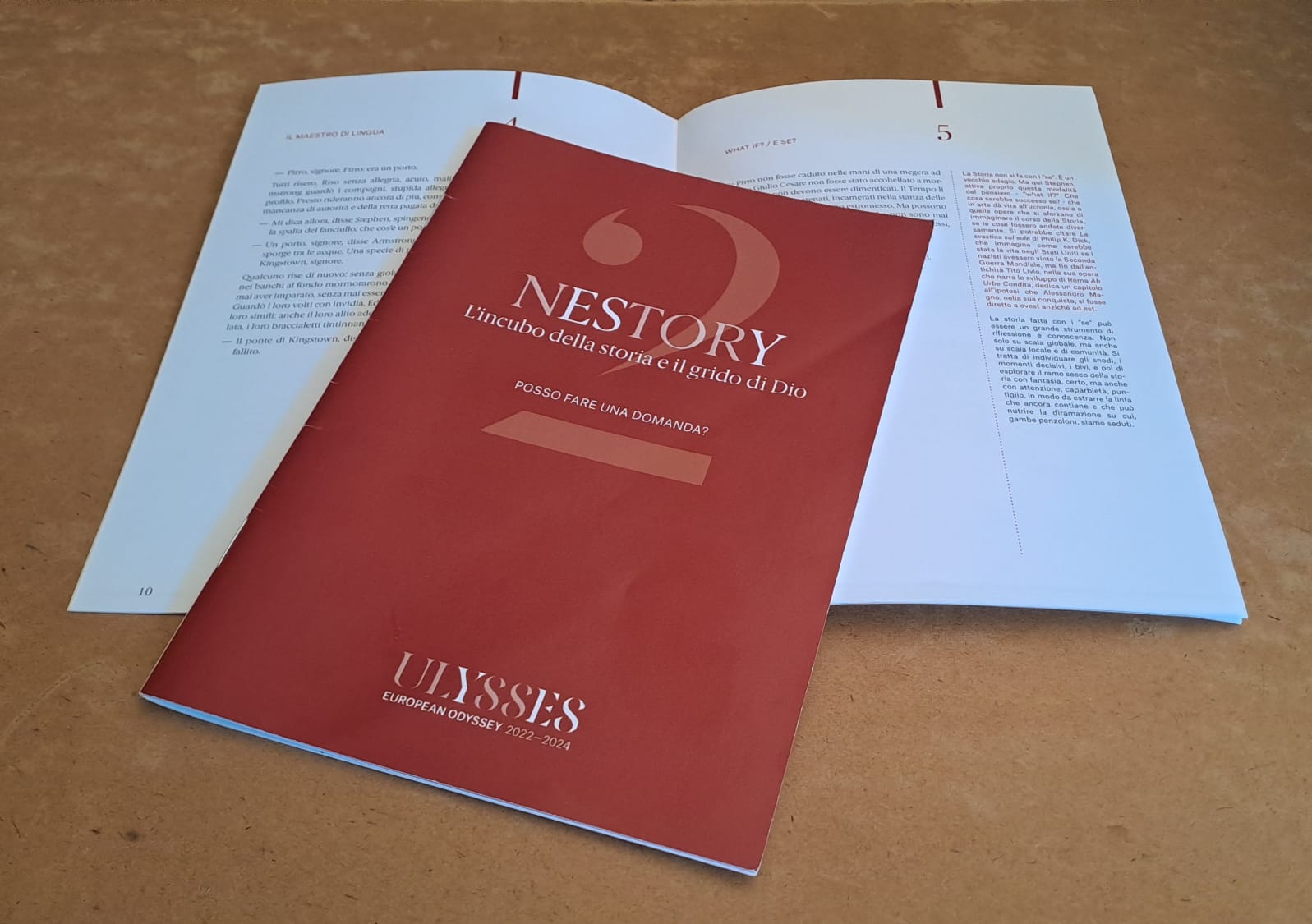
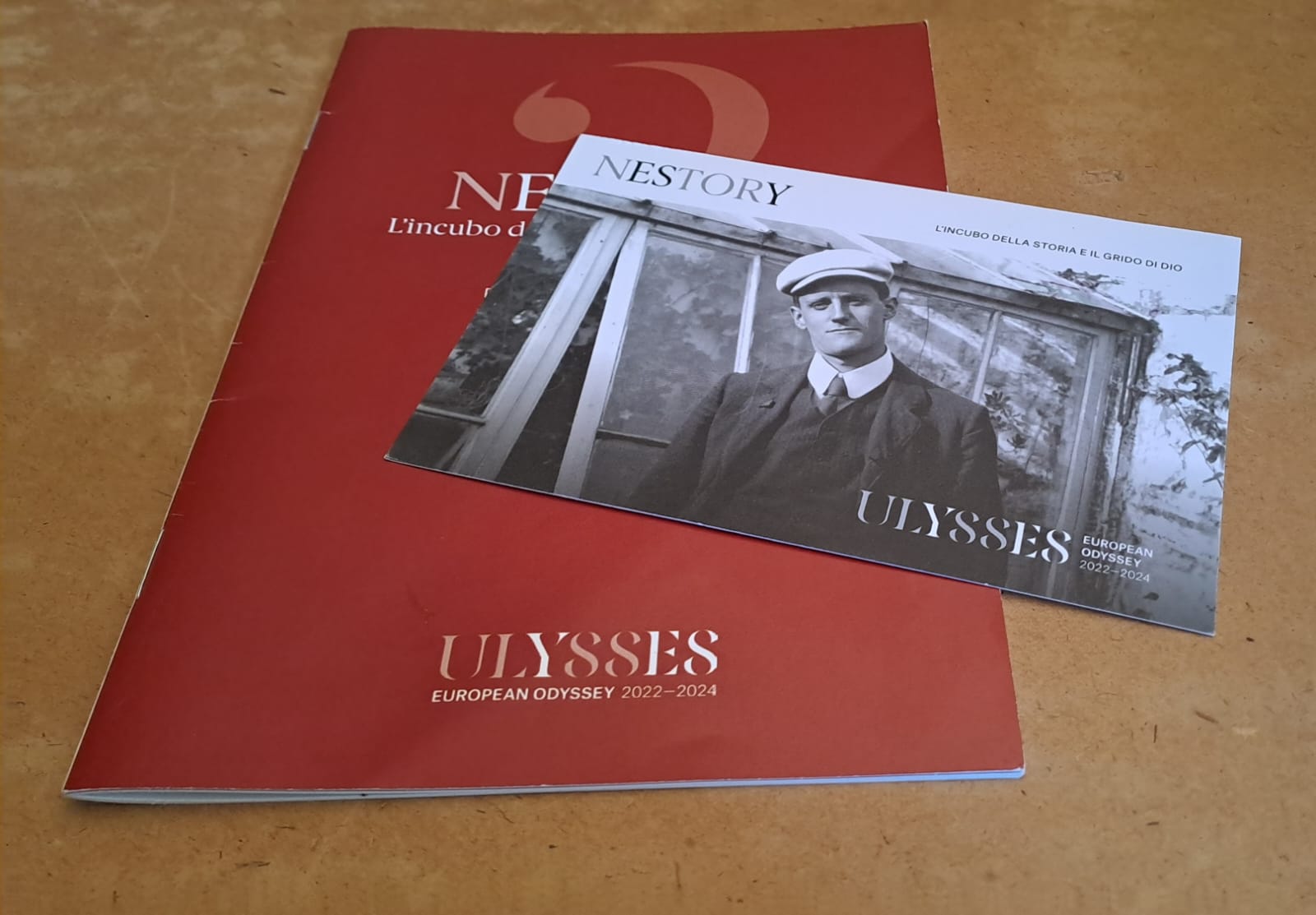
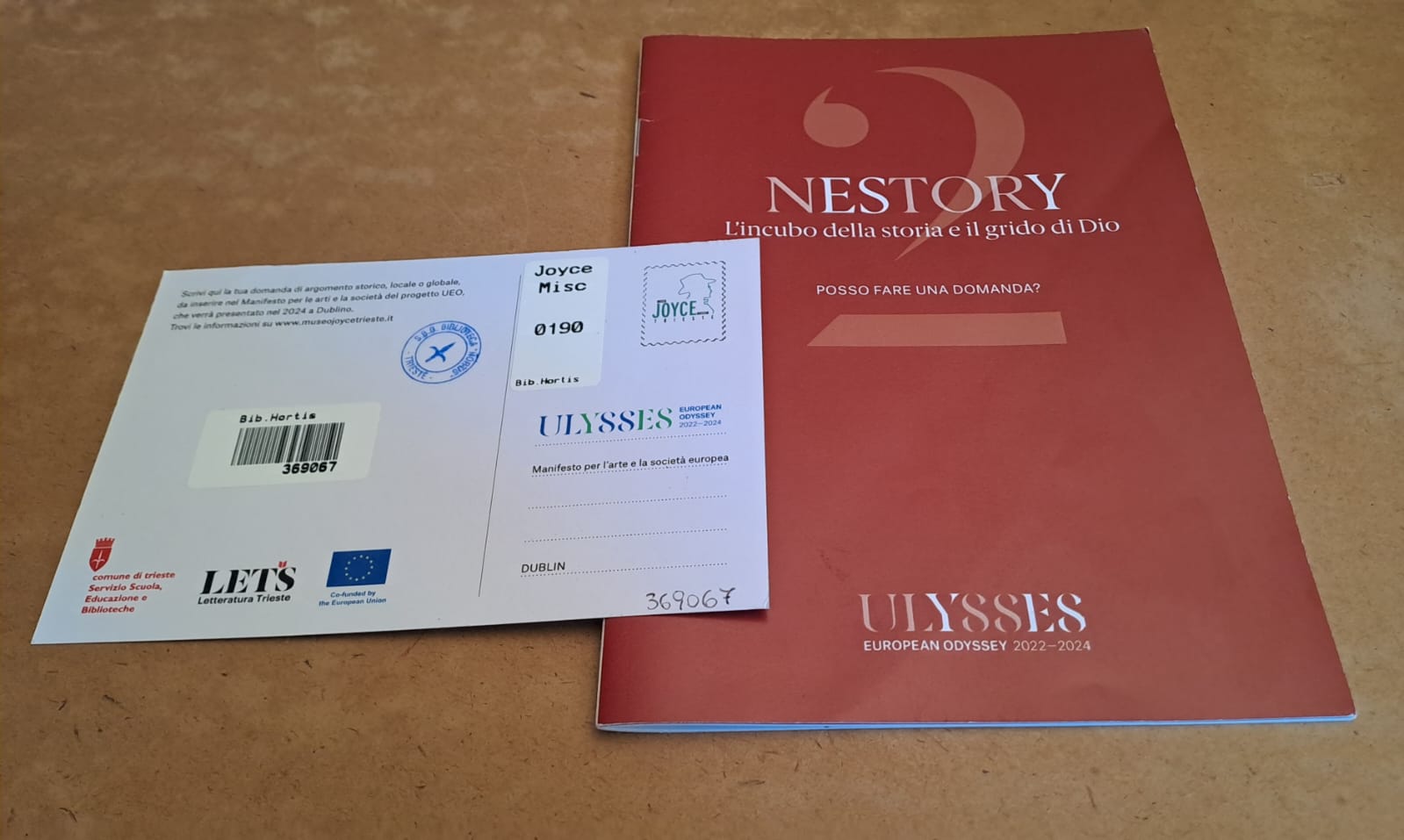
News & updates
Press

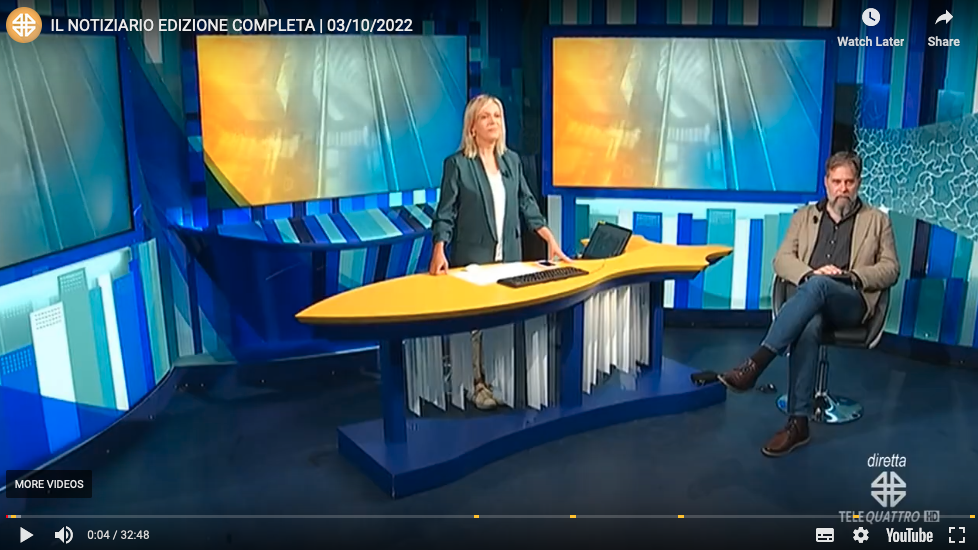
Partner description
The Department of Culture of the Municipal Administration, in charge of cultural policies, manages 16 Civic Museums of History and Art, 4 Civic Museums of Science, 3 Literary Museums. The Joyce Museum in Trieste is a dynamic structure in continuous evolution that testifies the close relationship between Joyce and Trieste and the fundamental role that the Adriatic city has in fully understanding the life of the Irish writer and his works. The Museum conserves material of all kinds concerning Joyce’s period in Trieste and promotes knowledge of the writer and his relationship with our city.



